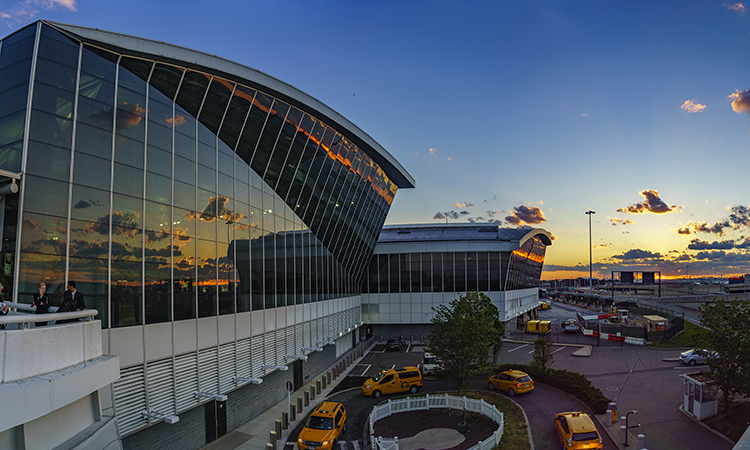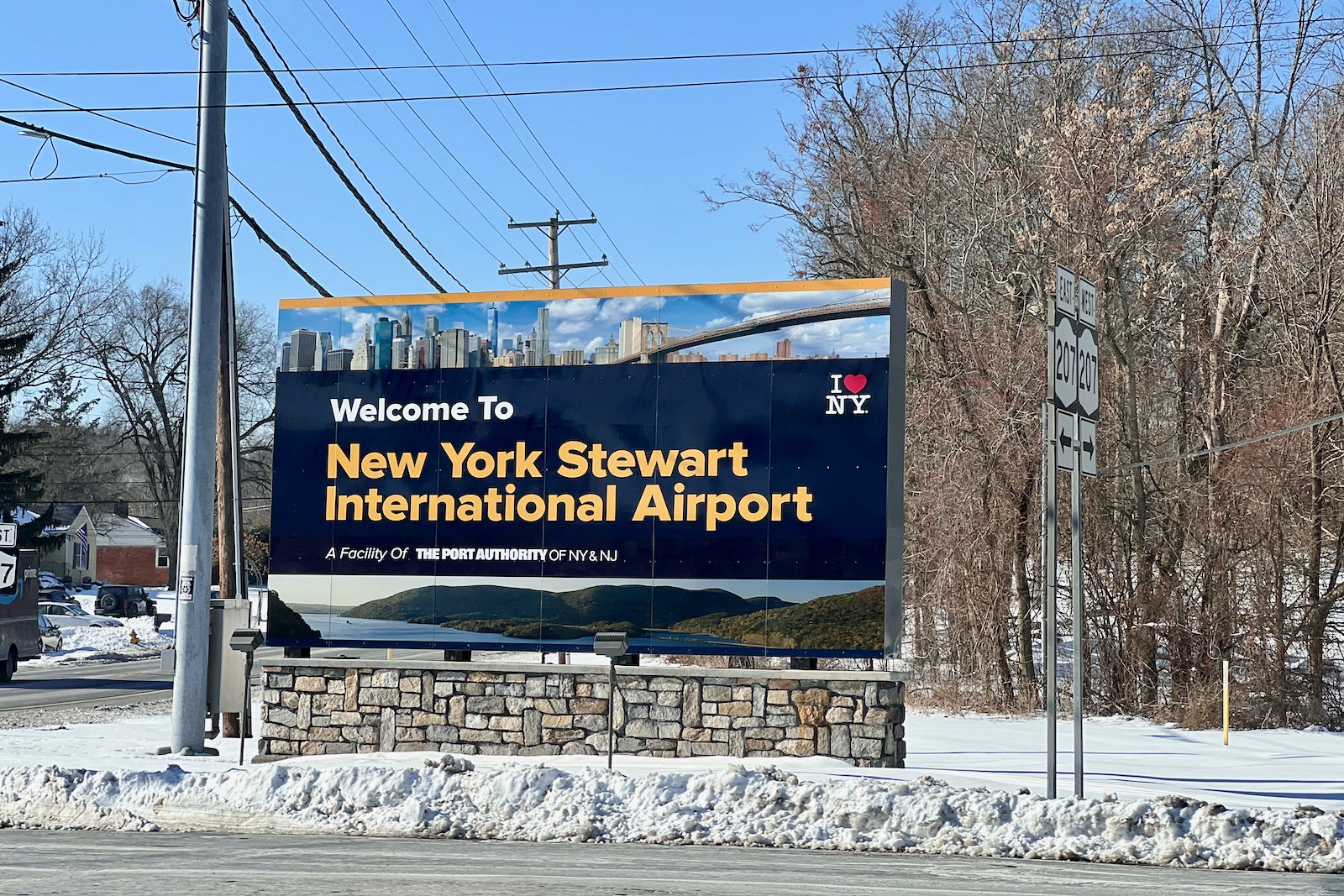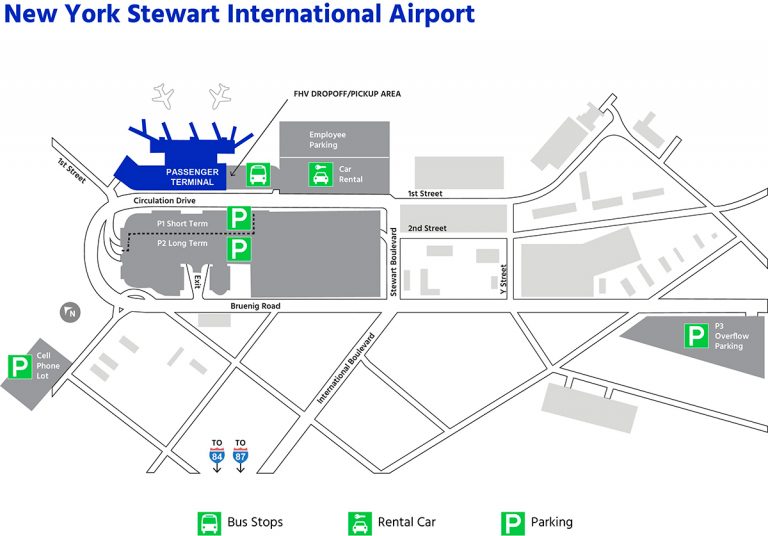“Okay, here is an article about New York Stewart International Airport (SWF) written in English, aiming for approximately 2000 words.
Artikel Terkait Okay, here is an article about New York Stewart International Airport (SWF) written in English, aiming for approximately 2000 words.
- Okay, Here Is An Article About Spokane International Airport (GEG) Written In English, Aiming For Approximately 2000 Words.
- Okay, Here Is An Article About The Food Scene At Denver International Airport (DIA), Written In English And Aiming For Approximately 2000 Words.
- Okay, Here Is An Article About Incheon International Airport (ICN) In English, Aiming For Approximately 2000 Words.
- Okay, Here Is A 2000-word Article About Charlotte Douglas International Airport (CLT) In English.
- Columbus Ohio Airport
Table of Content
- 1 Artikel Terkait Okay, here is an article about New York Stewart International Airport (SWF) written in English, aiming for approximately 2000 words.
- 2 Video tentang Okay, here is an article about New York Stewart International Airport (SWF) written in English, aiming for approximately 2000 words.
- 3 New York Stewart International Airport (SWF): The Hudson Valley’s Evolving Gateway
Video tentang Okay, here is an article about New York Stewart International Airport (SWF) written in English, aiming for approximately 2000 words.
Okay, here is an article about New York Stewart International Airport (SWF) written in English, aiming for approximately 2000 words.

New York Stewart International Airport (SWF): The Hudson Valley’s Evolving Gateway
Nestled amidst the rolling hills and picturesque landscapes of New York’s Hudson Valley lies a vital piece of infrastructure: New York Stewart International Airport (SWF). Located in New Windsor, Orange County, approximately 60 miles north of Manhattan, SWF serves as a crucial transportation hub for the surrounding region. While it may not possess the global recognition or sheer volume of traffic handled by its colossal downstate counterparts – John F. Kennedy International (JFK), LaGuardia (LGA), and Newark Liberty International (EWR) – Stewart holds a unique position and plays an increasingly important role as a convenient alternative, a growing cargo center, and a key economic driver for the Hudson Valley.
This article delves into the multifaceted story of SWF, exploring its rich history rooted in military aviation, its strategic location and infrastructure, the dynamics of its passenger and cargo operations, the challenges it faces, the opportunities it seeks to capitalize on, and its significance to the vibrant region it serves.
A History Forged in Aviation and Adaptation
The story of Stewart International Airport is deeply intertwined with the history of American aviation, particularly its military applications. The airport’s origins trace back to the early 20th century when the U.S. Military Academy at West Point recognized the need for an airfield to support its burgeoning aviation training programs. Land was acquired in the Town of New Windsor, and in 1936, what would become Stewart Field was established. It was named in honor of Lachlan Stewart, a local landowner whose family had donated land for military use generations earlier.
During World War II, Stewart Field expanded significantly, becoming a vital training base for Army Air Corps pilots. Its strategic location, away from coastal threats but within reach of major population centers, made it ideal for flight training and transport operations. Following the war, it continued to serve military purposes, primarily as Stewart Air Force Base, supporting various commands including the Military Air Transport Service (MATS) and later the Military Airlift Command (MAC). The base played a role in transporting troops and cargo globally and also served as a key point for Air Force Reserve and Air National Guard units.
A significant development in the base’s history was the construction of its exceptionally long runway, Runway 16/34. Originally built in the 1950s and later extended, this runway measures an impressive 11,817 feet (3,602 meters). Its length was designed to accommodate the large, heavy military transport aircraft of the era, including early jet transports, and to provide ample safety margins for operations in various weather conditions. This feature remains a defining characteristic of SWF today, making it capable of handling virtually any aircraft type in the world, including large cargo freighters and wide-body passenger jets.
In the late 1960s and early 1970s, as military needs evolved, the Department of Defense began scaling back operations at Stewart. Recognizing the potential of the facility for civilian use, New York State took ownership of the airport in 1970, renaming it Stewart Airport. The transition from a purely military installation to a joint civilian-military airport (Stewart Air National Guard Base continues to operate on a portion of the property) marked a new era.
New York State invested in developing civilian infrastructure, including a passenger terminal. However, attracting consistent airline service proved challenging in the shadow of the major New York City airports. Despite its excellent facilities, including the long runway, Stewart struggled to establish itself as a significant passenger gateway.
A pivotal moment arrived in 2007 when the Port Authority of New York and New Jersey (PANYNJ), the bi-state agency that operates JFK, LGA, and EWR, assumed control of Stewart Airport under a long-term lease agreement with New York State. This move was intended to leverage the Port Authority’s expertise and resources to develop Stewart as a reliever airport for the congested downstate system and to stimulate economic growth in the Hudson Valley. Under PANYNJ management, the airport was officially renamed New York Stewart International Airport. The Port Authority invested in terminal improvements, infrastructure upgrades, and marketing efforts aimed at attracting both passenger and cargo carriers.
Location, Location, Accessibility
One of SWF’s primary selling points is its strategic location. Situated at the intersection of major interstate highways I-84 (east-west) and I-87 (north-south, part of the New York State Thruway), the airport offers relatively easy road access from a wide geographic area spanning the Hudson Valley, northern New Jersey, southwestern Connecticut, and even parts of eastern Pennsylvania.
For travelers residing north of New York City, SWF often provides a significantly more convenient alternative to driving into the congestion surrounding JFK, LGA, or EWR. Parking at SWF is typically more affordable and readily available than at the larger metropolitan airports. The drive to SWF from many points in the mid-Hudson Valley is considerably shorter and less prone to traffic delays.
While it is located about 60 miles from Midtown Manhattan, SWF is marketed as an alternative gateway to the New York metropolitan area, particularly for travelers who may be visiting destinations north of the city or who prioritize ease of access and a less stressful airport experience over proximity to Manhattan itself. Ground transportation options include car rentals, taxis, ride-sharing services, and bus services connecting to the Port Authority Bus Terminal in Manhattan and other regional points. However, the relative lack of direct, frequent public transit connections compared to the downstate airports remains a factor influencing passenger choice.

The location also benefits cargo operations. Its proximity to major highway networks allows for efficient distribution of goods throughout the Northeast. The less congested airspace compared to the New York City area airports makes SWF an attractive option for cargo airlines seeking reliable on-time performance.
Infrastructure and Facilities: Built for Capability
New York Stewart International Airport boasts infrastructure that belies its relatively modest passenger volume. The most prominent feature, as mentioned, is the impressive 11,817-foot Runway 16/34. This runway is one of the longest commercial runways on the East Coast and is a significant asset, allowing SWF to accommodate the largest aircraft, including Boeing 747s, 777s, and Airbus A380s, both for passenger and cargo operations, as well as diversions from other airports. A second, shorter runway (9/27) measuring 6,004 feet (1,830 meters) is also available, primarily used by smaller aircraft and general aviation.
The airport features a single, modern passenger terminal building. While not as vast or amenity-rich as the terminals at major international hubs, it is designed for efficiency and ease of navigation. The terminal includes check-in counters, security checkpoints, gate areas, baggage claim, and a limited selection of retail and dining options. For an airport of its size, the passenger experience is often characterized by shorter lines at check-in and security, contributing to a less stressful travel day.
Cargo facilities are a significant component of SWF’s operations. The airport has dedicated cargo handling areas and warehouses. Its uncongested environment and long runway make it particularly attractive for major cargo carriers like FedEx and UPS, which operate substantial sorting and distribution centers at SWF, handling a significant volume of air freight for the region.

General aviation is also active at SWF, with facilities for private and corporate aircraft. The presence of the Stewart Air National Guard Base further adds to the mix of aviation activities, including the operation of C-17 Globemaster III transport aircraft.
Airlines and Destinations: The Passenger Puzzle
Attracting and retaining passenger airlines has been a persistent challenge and a key focus for SWF. The competitive landscape dominated by the major NYC airports, coupled with the perception of SWF being "too far" for some travelers, has made building a robust route network difficult.
Historically, SWF has seen various airlines come and go. Delta Connection, US Airways Express, Northwest Airlink, and American Eagle have operated regional jet service to their respective hubs over the years. However, these services were often subject to network changes and economic pressures.
A
